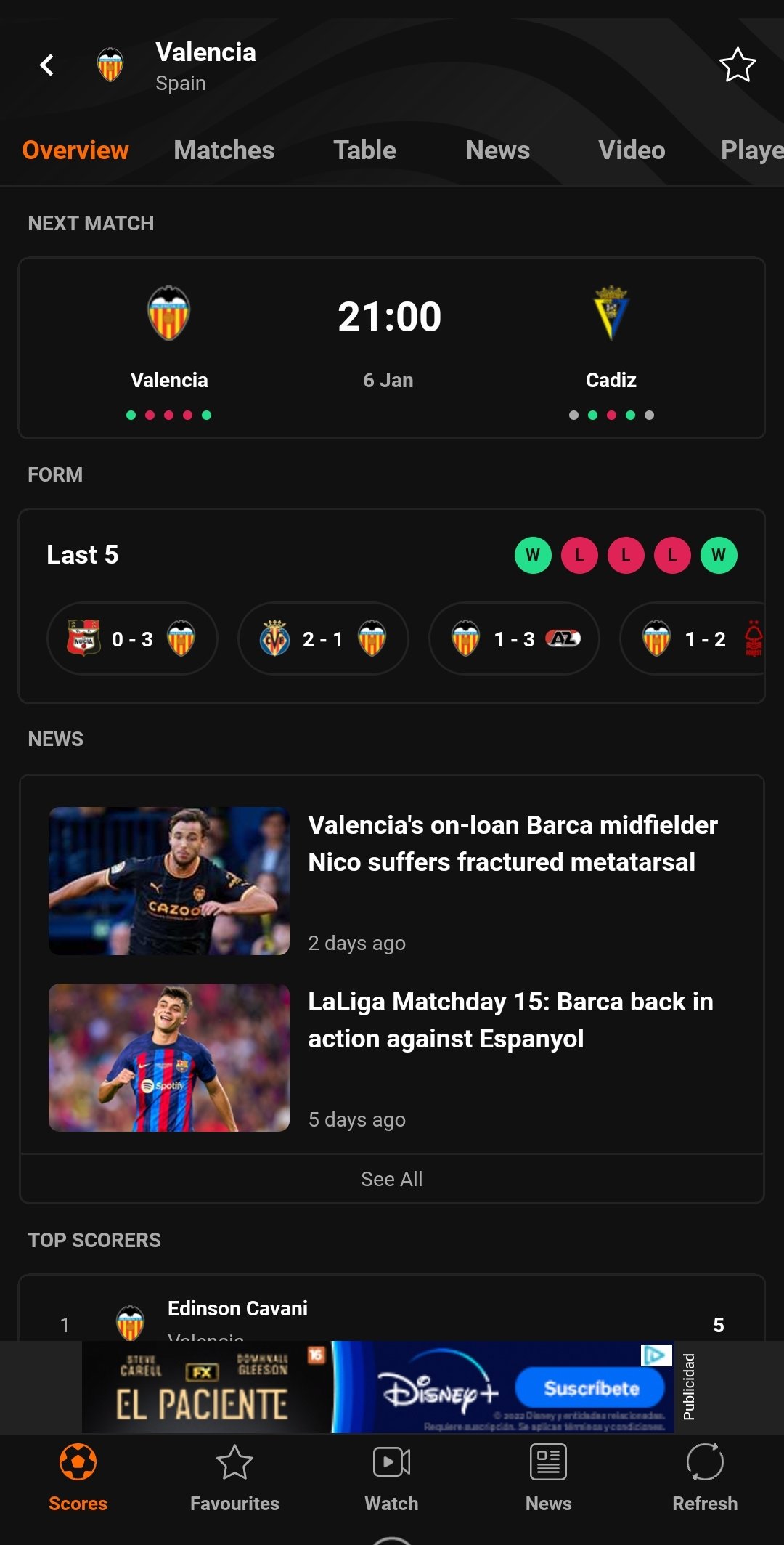

It generally reads from stdin and writes to stdout. Its basically a small script that takes sub-commands.
#How to use gnupg mac code
gnupg directory, there's nothing harmful. Below I will outline the 120 lines of python code to glue it all together. Plain cat filename is risky but less filename is fine (whereas less +R filename is risky). Under Linux, plain ls or ls -l is fine but ls -N is potentially risky. Listing files and viewing their content is usually harmless, but it can be harmful in some configurations because terminals parse escape sequences in what applications print. Just entering a directory is always harmless. Then run a GPG command such as gpg -list-keys this will populate your ~/.gnupg directory with empty keyring files. You could alternatively move it to root's home directory ( sudo mv ~/.gnupg /root), but it doesn't contain anything important anyway. You can just remove the root-owned directory ( sudo rm -r ~/.gnupg): any file under your home directory is fair game for you. gnupg directory, then create it under your user. gnupg directory in your home directory, since sudo doesn't change the home directory by default.
#How to use gnupg mac install
If you ran something like sudo apt-get install SOMEPACKAGE, this would create a. One such program is APT: package management tools ( apt-get, apt, aptitude, etc.) use GPG to verify that the packages that you download are genuine. Or, more precisely, you ran a program which ran GPG under the hood. The answer is that you ran GPG as root, but with HOME set to your own home directory. The real question here is why this directory in your home directory is owned by root. This could happen, for example, if someone sends you a signed email if your email client supports PGP email then it will attempt to verify the signature (and fail since you don't have the sender's public key in your GPG keyring). who your contacts are), so it's accessible only to the owner. This directory contains a lot of private information (e.g. gnupg directory in your home directory and a few files in it. As soon as you invoke it for the first time, it will create a. GnuPG (also known as GPG) is a program that encrypts and signs files. Most dot files have a name that resembles the application that uses it.


 0 kommentar(er)
0 kommentar(er)
